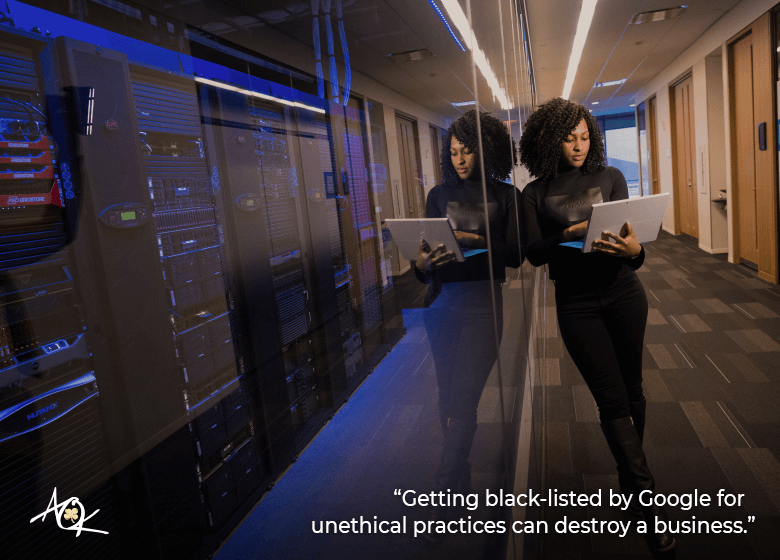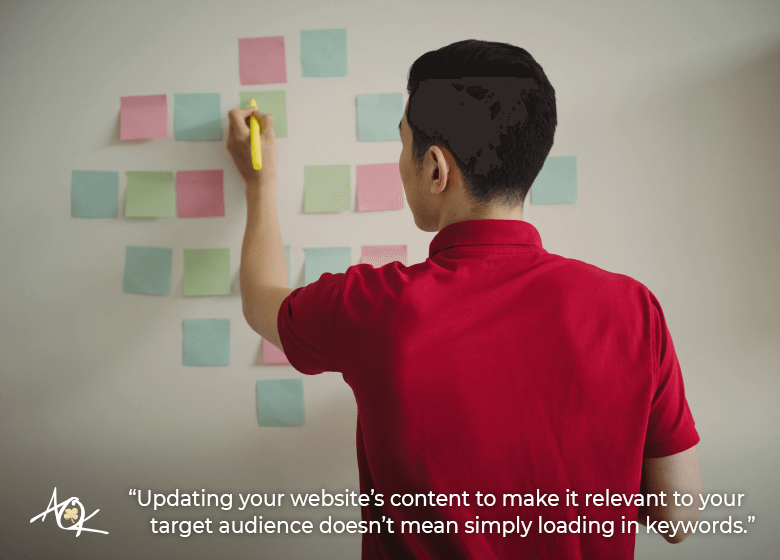Rebranding a company can be one of the most fraught marketing exercises imaginable.
Not only are you changing the look and feel (possibly even the name) of your organization, you’re repositioning it in an entirely different way. For an SME that lacks deep pockets to invest heavily in online advertising and other marketing initiatives, a rebrand misfire can negatively impact an organization’s standing with existing clientele and impair its ability to attract new ones.
When done right, the process can provide game-changing bottom line results.
Migration ain’t just for birds…
Nowadays it’s common for a rebrand to involve a migration to a new website from a legacy platform—if you’re going to change the logo and identity, why not spruce up the digital storefront at the same time? Trouble is this process is often terribly mismanaged, so much so that I’ve seen otherwise highly-ranked organizations waste away hard-earned search engine optimization (SEO) results in just a few weeks.
And when Google stops paying attention to your website in the digital era, you will inevitably see a steep decline in web-driven business leads and, eventually, sales. Getting black-listed by Google for unethical practices can destroy a business.

Maintaining search results—let’s call it SEO equity—means taking a digital-first approach by putting function and findability ahead of, or at least equal to, form when redesigning and migrating a website.
The first step is to confirm whether a migration is necessary in the first place. If your organization is in the midst of a rebrand and has a legacy website with outdated infrastructure—which is often the case—then migrating to a new platform likely make sense. If you only need an aesthetic refresh, then consider a redesign without having to blow up the entire site and start over. This mitigates the risk of wild traffic fluctuations or a collapse of your search engine ranking status.

Indeed, search engines such as Google like to see website stability and constant improvements. They penalize websites with broken links, poor site structures or lacklustre content. If, in the process of a migration, you lose a ton of great content—which again happens all too often—you will be penalized by Google’s search algorithm.
That’s why it’s best to migrate all existing content on a test server when building out a new website, while first ‘crawling’ your site and copying all URLs. Ensure that redirects and page links are active before shutting down your legacy site. And don’t forget to clean up 404 pages (web-speak for broken page links) and update internal links so they point to the new site.
I’m the map, I’m the map, I’m the maaaap!
Next, submit a new sitemap for Google to crawl, and use Google Analytics to ensure your site’s traffic numbers don’t tank in the transition process. If they do, it can be a sign that anything from broken page links to duplicated content—which search engines hate to see—are impacting your site’s performance. This is also a great opportunity to update your website’s content to make it more relevant to your target audience. That doesn’t mean simply loading in keywords, however.
Search engines want to see meaningful, detailed content that speaks to the people who want to buy your products and services. That could be a series of blogs, video posts, downloadable reports, all disseminated across your preferred social media channels. The point is to make your content as rich as possible and update it frequently to prove to Google’s bots that your organization is serious about SEO.
For most business owners, save those of you who like to dive deep into digital marketing minutiae, these high-level tips may be highly overwhelming. And they’re by no means fully comprehensive. There about 50 points to bear in mind when migrating a website—maybe more.
Get help!
So, when it comes time to migrate to a new website, ensure you only use the services of an experienced web development firm or in-house digital marketing employee who has gone through the process in the past and knows what they’re doing.
It’s unfortunate, but we’ve seen organizations lose years of hard-earned SEO gains through simple, avoidable mistakes. Your SEO equity is one of your company’s most valuable assets. Don’t wind up being one of those companies that spends thousands of dollars on a shiny new website, only to be left wondering why no one’s coming to visit.
About The Author
Marketing Team
The AOK Marketing Team is a diverse group of amazing individuals driven to help all of our clients succeed. Great people are everywhere, and we believe that people should control their workday, their work environment, and where they live. We have team members in 9 countries: United States, Canada, Egypt, Belgium, Ireland, Australia, India, Pakistan, and Hong Kong.
How can we help you?






